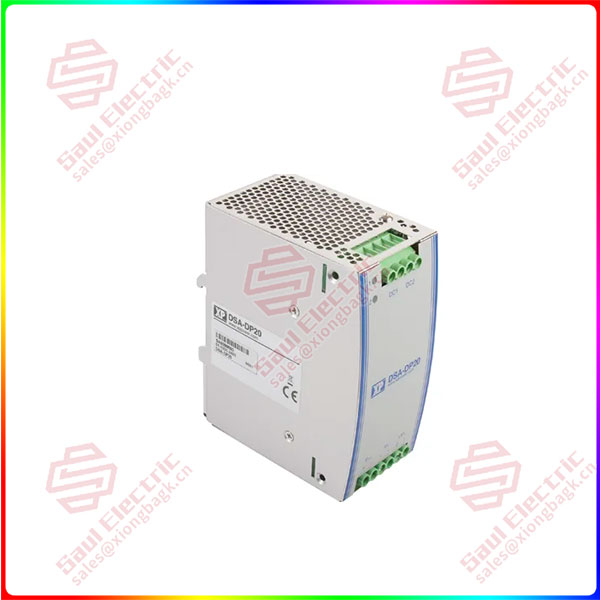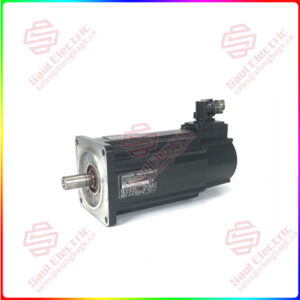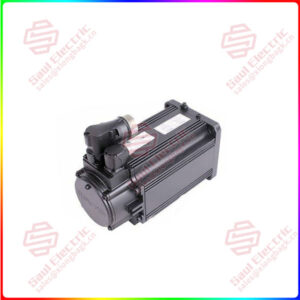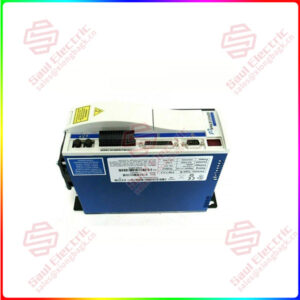Description
Overview
Essential details:DSA-MTR-20A DDS-TLII Servo driver
Co-actuator is an important part of modern motion control, which is widely used in industrial robots and small and medium-sized automation equipment such as CNC machining, especially the co-actuator used to control AC permanent magnet synchronous motor has become a research hotspot at home and abroad. The current, speed and position three closed-loop control algorithms based on vector control are widely used in the design of AC coservice drivers. Whether the speed closed-loop design in this algorithm is reasonable or not plays a key role in the whole coservice control system, especially in the performance of speed control.

DSA-MTR-20A
Superiority products DSA-MTR-20A DDS-TLII Servo driver
-
In the speed closed loop of the same service driver, the real-time speed measurement of the motor rotor is very important to improve the dynamic and static characteristics of the speed control of the speed loop. In order to seek the balance between the measurement accuracy and the system cost, incremental photoelectric encoder is generally used as the speed measurement sensor, and the corresponding common speed measurement method is M/T speed measurement
Although the M/T velocity measurement method has a certain measurement accuracy and a wide measurement range, this method has its inherent defects, mainly including:
1 At least one complete code pulse must be detected during the speed measurement cycle, limiting the minimum measurable speed:
2) The timer switches of the two control systems used for speed measurement are difficult to maintain strict synchronization, and the speed measurement accuracy cannot be guaranteed in the measurement occasions with large speed changes. Therefore, the traditional speed loop design scheme applying the speed measurement method is difficult to improve the speed following and control performance of the servo drive


 1 Year Warranty
1 Year Warranty





